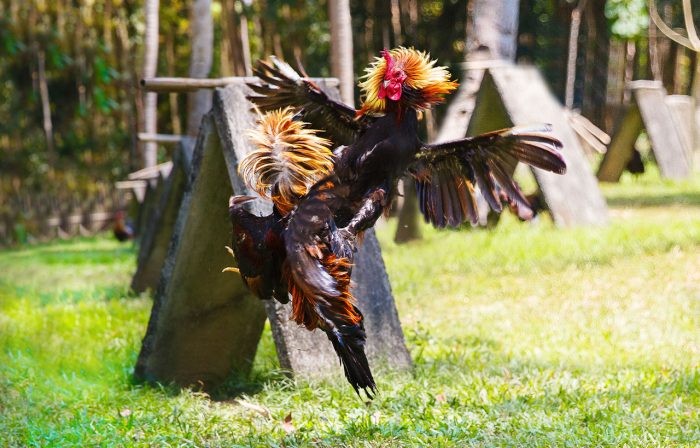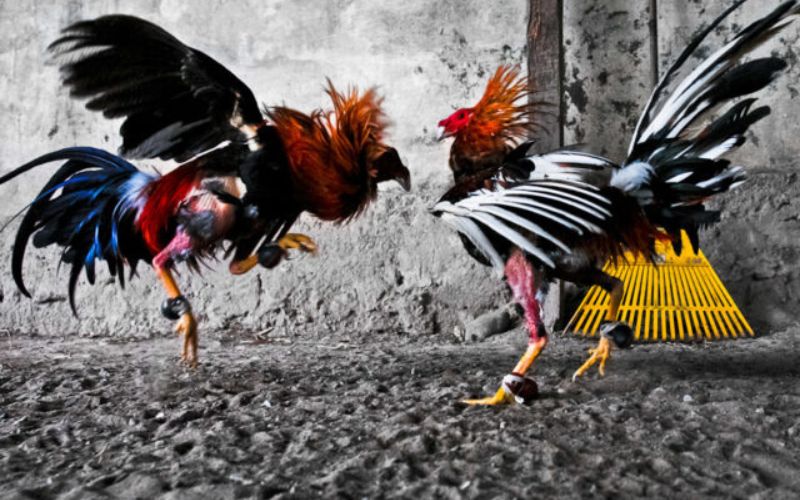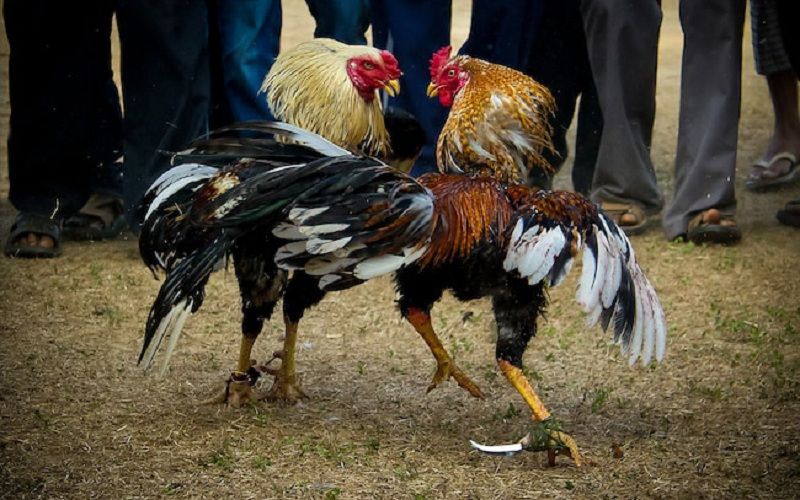Breeders of game birds use a variety of methods and approaches to get their birds ready for combat with the ultimate aim of making sure they are in the best possible physical and mental shape for sabong. The selection of sabong breeds and the meticulous analysis of mating techniques to create superb gamecocks are among the crucial elements of this preparation.
Gamecocks are well known for their outstanding fighting skills and powerful physical characteristics. They are carefully nurtured and trained to perform well in the ring. But when picking hens to mate, it’s important to remain impartial. A crucial first stage in the mating process is selecting the right chicks to breed.
Differentiating the optimal gamecock breeds from other breeds is one of the main factors to be taken into account during this phase. Only the best genetic features are passed down to the following generation of gamecocks thanks to this selective breeding method. Breeders need to be meticulous and exact in this procedure because it has a big impact on the performance and quality of the offspring.
Breeders should seek advice from seasoned members of the sabong community and knowledge-sharing in order to obtain breeder hens of the highest standard. The selection and mating procedures can be better understood by speaking with other breeders and specialists. Breeders can use the collective knowledge of the sabong community to inform their choice of gamecocks for breeding by using this cooperative strategy.
Breeding Safety Measures
The procedure of choosing the appropriate hens for mating is precise in the field of sabong breeding. Breeders adhere to a number of crucial procedures to guarantee the highest outcomes.
First off, when it comes to breeding, it’s best to avoid utilizing young hens with dry plumage or birds older than five years. Even while it might sound attractive, it’s generally not a good idea to mix younger and older hens. Instead, choose hens that are in the right age range.
Your breeder hens require daily exercise. Each day, they ought to be permitted to leave the coop so they can stay active and healthy. It’s essential to keep hens and roosters apart during mating in order to avoid any unwanted aggressiveness or stress.

It’s important to keep the proper gender ratio. Ideally, there shouldn’t be more than 1:5 roosters to hens. This equilibrium speeds up fertilization and provides a strong mating effect.
Keep meticulous records when choosing eggs following a successful mating. Information about the origin of the fighting eggs, such as the date of collection and the parentage of the implicated chickens, should be included in this. These documents offer insightful details about the ancestry and background of your breeding program.
It’s crucial to quarantine new breeder chickens before adding them to your herd. This preventative practice aids in limiting the potential transmission of diseases to your current chickens. The quarantine period often lasts for 15 to 20 days and enables you to keep an eye on the newcomers’ health before allowing them to join your breeding group. This procedure protects the general health of your flock and guarantees the ongoing success of your sabong breeding initiatives.
Breeding Technology of Sabong
The sport of Sabong, which has a strong cultural foundation in the Philippines, honors the gamecocks’ intrinsic ferocity. The attractiveness of sabong is based on its hostility, which has been controlled and tamed over many years of domestication. Breeders’ main objective is to develop this inherent toughness and make it strong.
Gamecocks’ all-encompassing performance in the arena is referred to as “disk sex” in this context. A successful sabong fighter must be exceptional in all facets of combat. The front game calls for quick and aggressive tactics, while the middle game demands severe strength.
A fighter needs a variety of skills to excel in sabong, including fighting prowess, confidence in oneself, the capacity to adjust to changing conditions, and the ability to know when to hide one’s true intentions. These characteristics form the foundation of a sabong competitor who is renowned for their skill in the cockpit.
The essential requirements for battle are physical inspection, consistent body form, good hairiness, robust physique, and incredible strength. The most crucial factor is strength. No matter how technically advanced the body is, if it is thin, slender, and weak, it will not be able to perform well. Alternatively, if the front game is good but the middle game’s physical strength is lacking, technical performance will be subpar or nonexistent.
Few defects As the saying goes, “No one is flawless.” In the same way, chickens are not without fault. Chickens don’t seem to regret much. Despite how delicious the chicken is, there will always be problems. Simply said, it is the distinction between enormous and small, more and less.
The following are some common Sabong flaws:
The benefits and drawbacks of various parts of a chicken’s body and its numerous organs were already covered in the first chapter of our book. During the breeding and selecting process, this useful information is used as a guide for locating flaws in gamecocks.
Genetic stability is a crucial factor in establishing a chicken’s quality. But why is genetic stability seen as such a crucial component in gamecock breeding? The breed’s consistency and long-term sustainability hold the key to the solution.
It is a tremendous accomplishment when a breeder is able to create a fine chicken that encompasses all the required attributes and characteristics of the modern gamecock in accordance with the breeder’s original concept. However, this achievement spans more than one generation. The capacity to reliably impart these desirable qualities to its offspring is the true test of a superb chicken.
Because of genetic stability, future generations of chickens will maintain the desired traits of the breed. It reduces the chance of acquiring new diseases within the lineage and stops undesired mutations from happening. Genetic stability essentially ensures that the breed maintains its core traits and its competitive edge in the sabong world.
Breeders who place a high importance on genetic stability are effectively preserving their breed’s history. It makes sure that for future generations, the breed will still be recognisable, dependable, and capable of giving it’s all in the sabong arena. Therefore, genetic stability serves as a crucial standard for identifying and maintaining the superiority of gamecocks.


